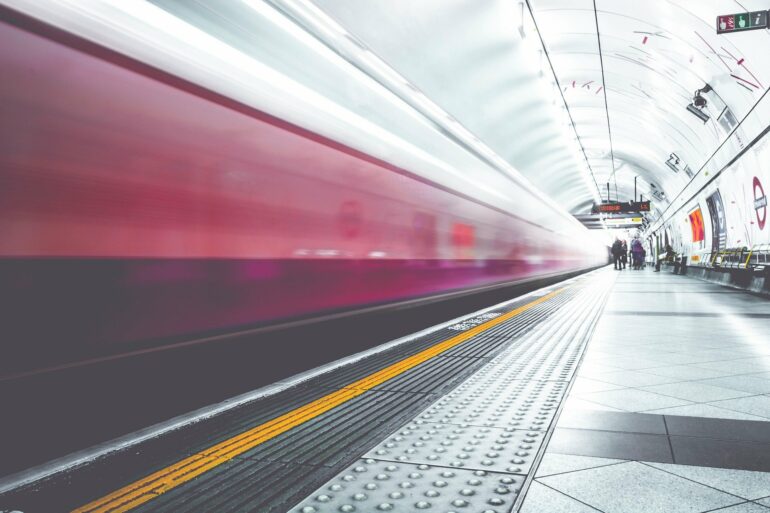Extreme heat amplifies social inequalities when it comes to subway usage and mobility in big cities, a new study shows. Analyzing the effect of temperature on people’s mobility behavior in New York City, researchers from the Potsdam Institute of Climate Impact Research (PIK) find that especially in low-income areas there are little possibilities for subway users to adapt to and mitigate heat by reducing mobility. This could lead to additional heat stress and increase health risks.
“Our results show that in less privileged areas of NYC—unlike in other places- subway usage is barely lower when it’s hot. This means that in these areas with lower incomes, smaller flats, fewer health insurances and less access to air conditioning, people continue to use the subway on hot days,” Annika Stechemesser, researcher at PIK and lead author of the study points out.
“This is even the case on weekends when people in principle have more freedom of choice to adjust their mobility behavior than during a work week. So, it is mostly people who already bear a higher heat risk who have the least possibilities of changing their mobility to avoid that heat.”
Heat extremes have become more frequent in recent decades, and are expected to further increase with human-made climate change. Heat exposure is especially high in densely populated cities. NYC subway stations in particular have a severe heat problem: They often experience up to 6° C higher temperatures than above ground and frequent delays in the subway system can cause long waiting times in overheated and overcrowded stations.
Local day-to-day heat stress is not only determined by heat exposure but also by the ability to avoid and adapt to heat, in this case by using the subway less. However, adjusting one´s mobility behavior to heat is a privilege that often comes along with other privileges like a good health insurance, the authors highlight.
The analysis of data from 438 NYC subway stations shows: People who are already at higher risk of heat have the fewest options to adapt.
For their study in The Lancet Planetary Health, the researchers statistically analyzed mobility data from 438 New York City subway stations across diverse neighborhoods in the pre-COVID period from 2014 to 2019. They found that fewer people used the subway on hot days overall, even when accounting for other influencing factors such as tourism and holidays. However, when looking into who was actually using the subway less, they found that it was mostly in privileged neighborhoods.
Possible reasons for the limits to adaptation in less privileged neighborhoods are that lower income jobs are less likely to allow remote work, require frequent work on the weekend or people might even work a second job to make ends meet and thus use trains more frequently. Further, living with a small budget reduces the chance to leave the city and go on vacation when it is hot. Finally, people in heat-exposed, poor neighborhoods likely rely on the subway to go to cooler parts of the city such as parks and beaches.
“It’s not only the impacts of climate change that are highly unequally distributed, often affecting the poorest most. It’s also the possibilities to adapt. Even within the same city, less privileged people have fewer means to protect themselves, for example by adjusting their mobility behavior. We have to address these disparities to avoid compounding heat and health risks,” concludes Leonie Wenz, co-author of the study and Deputy Head of Research Department “Complexity Science” at PIK.
More information:
Annika Stechemesser et al, Inequality in behavioural heat adaptation: an empirical study using mobility data from the New York City transport system., The Lancet Planetary Health (2023). DOI: 10.1016/S2542-5196(23)00195-X. www.thelancet.com/journals/lan … (23)00195-X/fulltext
Provided by
Potsdam Institute for Climate Impact Research
Citation:
Stuck in the subway: Less privileged people have fewer possibilities to adapt their mobility behavior to heat (2023, October 10)



